Frequency range: 26.5- 28MHz SWR: ≤1.2:1 Max. power: 35W continuous 250W Short time Bandwidth at S.W.R. 2:1: 1900KHz Impedance: 50ohm Whip length: 1200mm Adjustment: 0~90° Cable Length: RG58/157" Po...
See DetailsHow Does CB Antenna Wavelength Affect Performance?
For truckers logging interstate miles, off-road enthusiasts exploring remote trails, and emergency responders coordinating critical efforts, CB radios remain an indispensable tool for long-range communication. Yet, many users overlook a foundational factor that directly shapes signal strength, range, and clarity: antenna wavelength. The relationship between wavelength and CB performance is not just technical—it’s the difference between a reliable connection and static-filled chaos.
- 1 Understanding Wavelength and CB Frequencies
- 2 Resonance: The Foundation of Antenna Performance
- 3 Gain: How Wavelength Impacts Signal Focus
- 4 Installation and Environment: Wavelength’s Practical Constraints
- 5 Frequency Offset: Tuning for Specific Channels
- 6 Practical Tips for Optimizing CB Antenna Performance
Understanding Wavelength and CB Frequencies
To grasp wavelength’s impact, start with the basics: CB radios operate within the 27 MHz frequency band, spanning 26.965 MHz (Channel 1) to 27.405 MHz (Channel 40). Wavelength (λ)—the distance a radio wave travels during one full cycle—is calculated using the formula: where is the speed of light (≈ 3 x 10⁸ meters per second) and is frequency. For the 27 MHz band, this translates to a wavelength of approximately 11 meters (36 feet). This number is not arbitrary—it’s the backbone of how CB antennas radiate and receive signals.
Resonance: The Foundation of Antenna Performance
The most critical way wavelength affects CB performance is through resonance—the point where an antenna’s electrical impedance matches the radio’s 50-ohm output. When resonant, the antenna efficiently transfers power from the radio to the air (and vice versa for reception). For CB users, the most practical resonant length is 1/4-wavelength (≈ 2.75 meters or 9 feet)—a compromise between performance and portability, as a full 11-meter antenna is impractical for most vehicles.
A non-resonant antenna—either too short or too long—creates a Standing Wave Ratio (SWR) above the ideal 1:1. SWR measures signal reflection:
- SWR < 1.5:1: Optimal performance (minimal signal loss).
- 1.5:1 < SWR < 2:1: Acceptable for casual use, but efficiency decreases.
- SWR > 2:1: Dangerous—reflected power can damage the radio’s final output stage over time.
For example, a 1/4-wavelength antenna cut to 2.75 meters will resonate at 27 MHz, resulting in low SWR (e.g., 1.2:1). If the same antenna is shortened to 2 meters (too short for 27 MHz), SWR may jump to 3:1, reducing transmission range by 50% or more. Resonance is not optional—it’s the foundation of usable performance.
Gain: How Wavelength Impacts Signal Focus
Gain—measured in decibels (dB)—describes an antenna’s ability to focus radio energy in a specific direction (e.g., horizontally, where most CB communication occurs) rather than radiating it uniformly. Wavelength directly influences gain: longer antennas (closer to full wavelength) typically offer higher gain because they concentrate more energy in the desired plane.
Key gain comparisons for CB antennas:
- 1/4-wavelength: ~0 dB gain (reference standard). Compact and ideal for vehicles but limited in range.
- 5/8-wavelength: ~3 dB gain—doubling the effective radiated power (ERP). A popular choice for truckers seeking better range without excessive length.
- Full-wavelength: ~6 dB gain—quadrupling ERP. Impractical for mobile use due to its 11-meter (36-foot) length but excellent for fixed base stations.
The tradeoff is clear: higher gain requires longer antennas, but vehicle-mounted users must balance performance with practicality. A 5/8-wavelength whip antenna, for instance, strikes a sweet spot—offering noticeable range improvements without being overly cumbersome.
Installation and Environment: Wavelength’s Practical Constraints
Wavelength doesn’t just dictate antenna length—it also shapes how and where you should install it. Two critical factors here are ground planes and installation height.
Ground Planes: Simulating the Missing Wavelength
A 1/4-wavelength CB antenna relies on a ground plane (e.g., a vehicle’s metal roof or chassis) to act as the “missing” 3/4 of the wavelength, completing the radiation pattern. Without a proper ground plane, the antenna’s efficiency plummets—even if it’s the correct length.
Examples of ground plane impact:
- Good ground plane: A 1/4-wavelength antenna mounted on a metal truck roof radiates efficiently, with low SWR and strong signals.
- Poor ground plane: The same antenna mounted on a plastic bumper (no ground plane) scatters radio waves, reducing range by 30–40% and increasing SWR.
For non-metal vehicles (e.g., fiberglass RVs), users can add an artificial ground plane (a 1x1 meter metal plate under the antenna) to restore performance.
Installation Height: Beating Obstacles with Wavelength
Longer wavelengths (like 11 meters) are less affected by small obstacles (e.g., trees, road signs) than shorter wavelengths (e.g., cell phone signals). However, height still matters: a higher antenna improves “line of sight” (LOS) communication, which is critical for CB range.
A 1/4-wavelength antenna mounted on a truck’s roof (6 feet above ground) will outperform the same antenna mounted on a car’s hood (3 feet above ground) because:
- The higher position reduces interference from road obstacles (e.g., other vehicles, guardrails).
- The 11-meter wavelength travels farther when unobstructed, and height extends the LOS distance.
Frequency Offset: Tuning for Specific Channels
CB radios use 40 channels spaced 10 kHz apart (e.g., Channel 19: 27.185 MHz, Channel 40: 27.405 MHz). An antenna tuned to the band’s center frequency (27.200 MHz) will perform well across all channels, but users who primarily use one channel (e.g., truckers on Channel 19) can optimize performance by adjusting the antenna length to match that specific frequency.
For example:
- A 1/4-wavelength antenna tuned to 27.200 MHz (center) will have an SWR of ~1.2:1 on Channel 19 (27.185 MHz).
- Shortening the antenna by 2 centimeters (to match 27.185 MHz) reduces SWR to ~1.1:1, improving signal clarity and range by 10–15%.
Conversely, using an antenna tuned to Channel 1 (26.965 MHz) on Channel 40 (27.405 MHz) will result in SWR above 2:1, making communication nearly impossible.
Practical Tips for Optimizing CB Antenna Performance
To translate wavelength theory into real-world results, follow these evidence-based steps:
- Use an SWR Meter: Connect a meter between your radio and antenna to measure resonance. Adjust the antenna length (via the tuning screw or by cutting the whip) until SWR is below 1.5:1—this is the threshold for optimal efficiency.
- Choose the Right Antenna Type:
- Mobile (vehicles): 1/4-wavelength or 5/8-wavelength whip antennas (compact, high efficiency).
- Base stations (fixed): Full-wavelength dipole or Yagi antennas (high gain, long range).
- Optimize Installation:
- Mount the antenna as high as possible (e.g., truck roof vs. hood).
- Keep it away from obstacles (e.g., trees, buildings) that block or reflect signals.
- Ensure a proper ground plane: For non-metal vehicles, add a 1x1 meter metal plate under the antenna.
- Avoid Overcompensating: Longer antennas aren’t always better. A resonant 1/4-wavelength antenna will outperform a non-resonant 5/8-wavelength antenna every time.

 English
English Español
Español
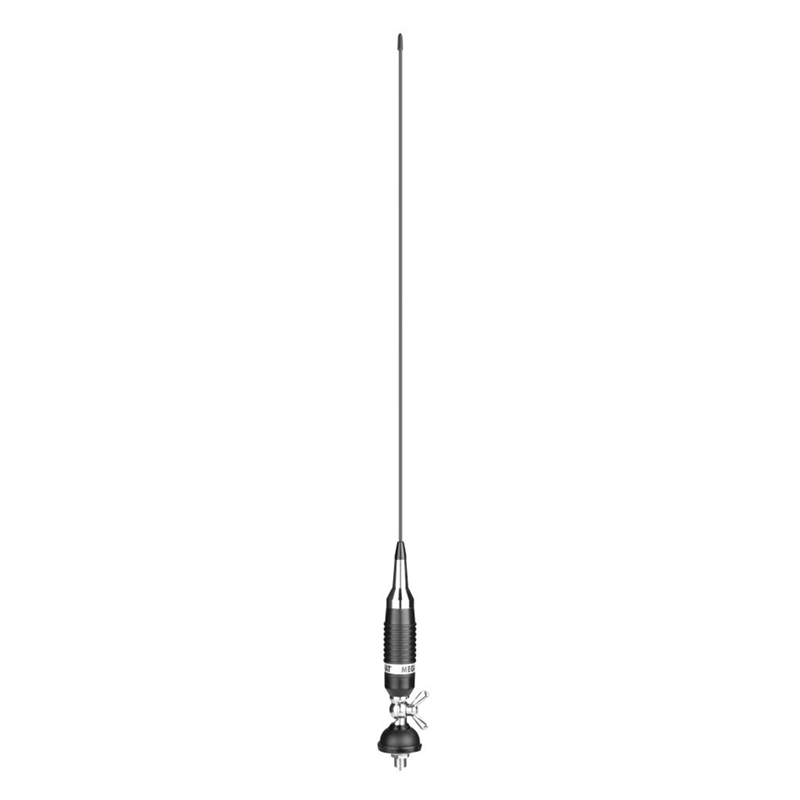
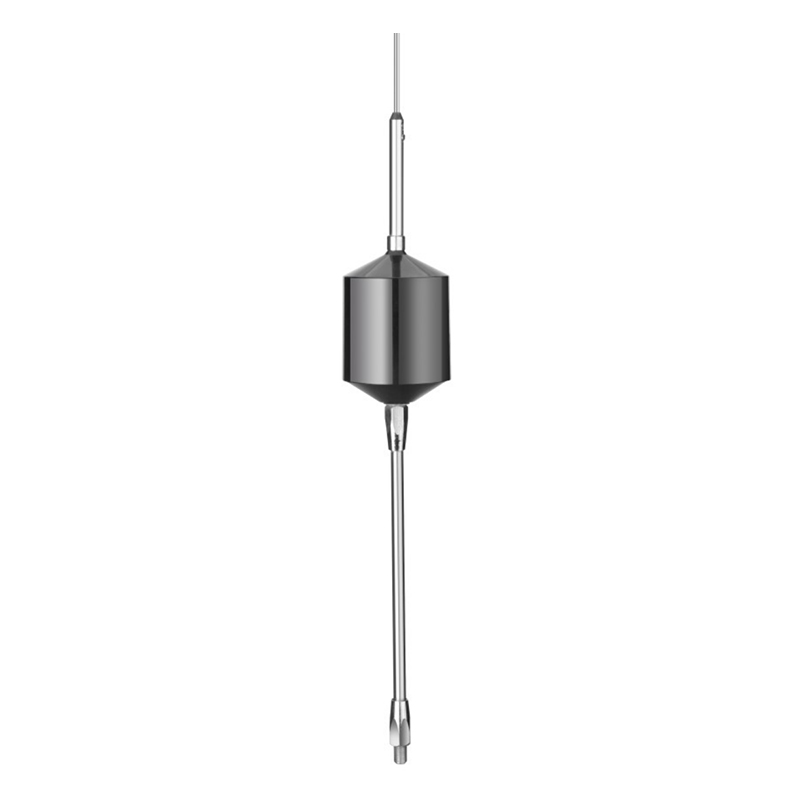
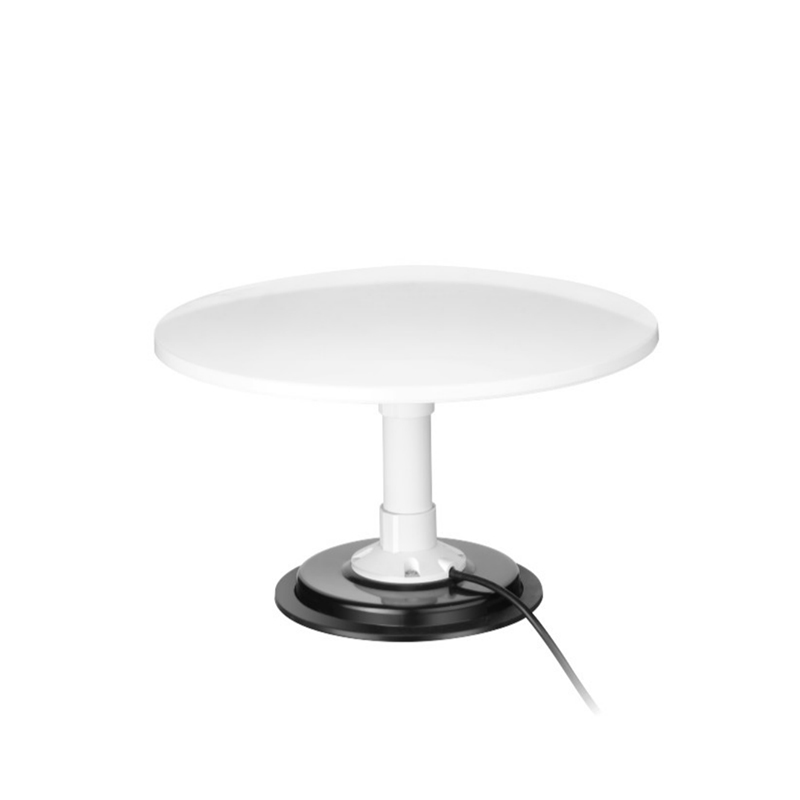
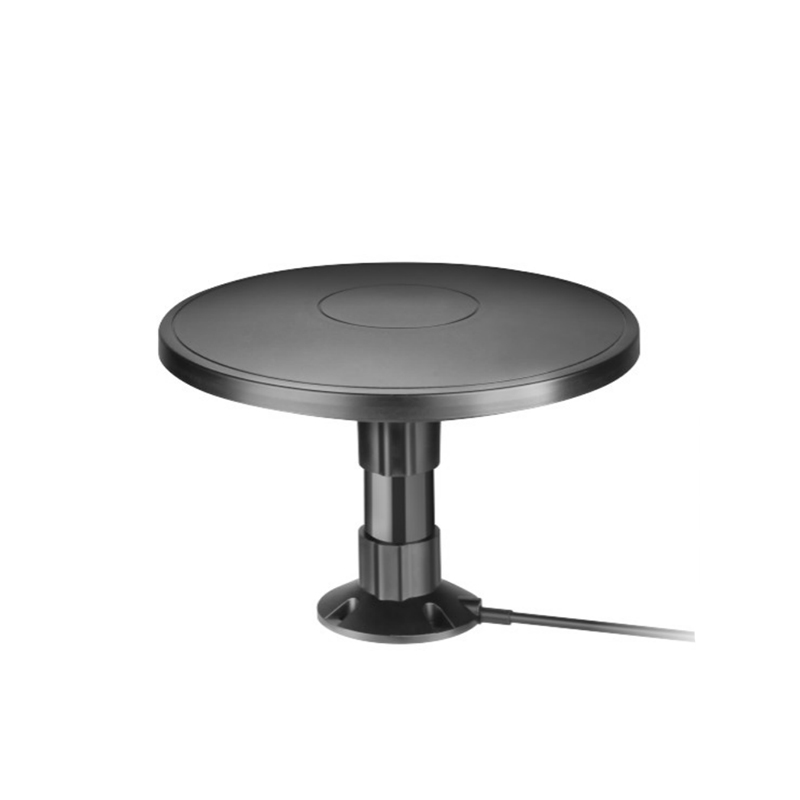
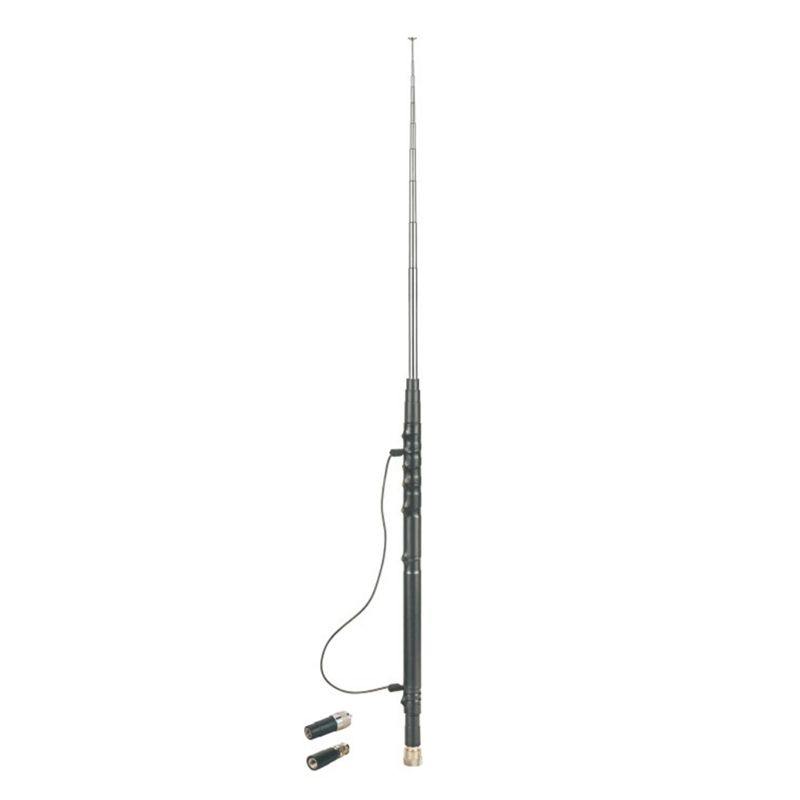
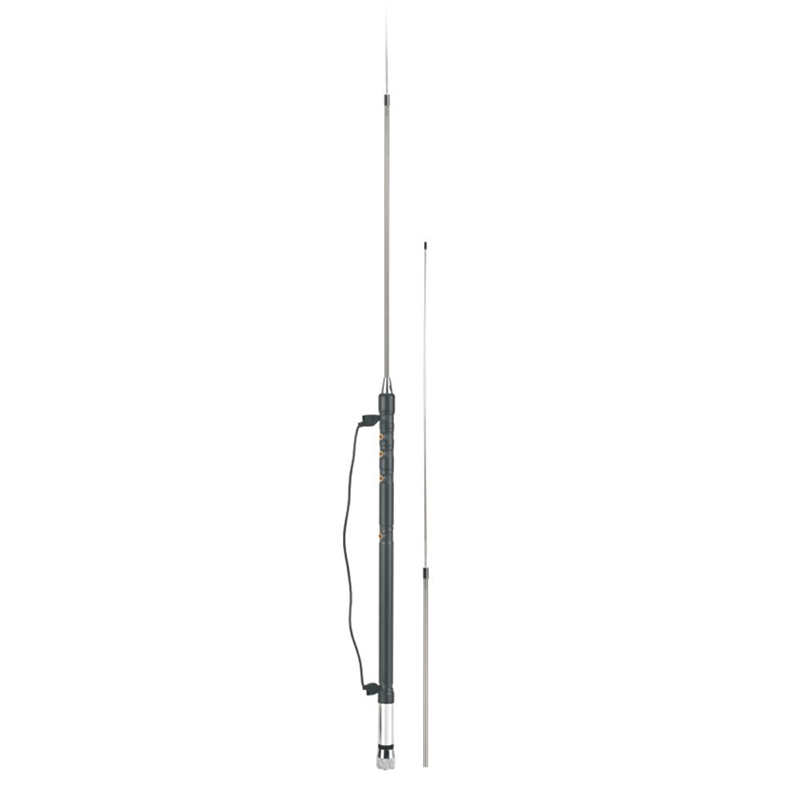
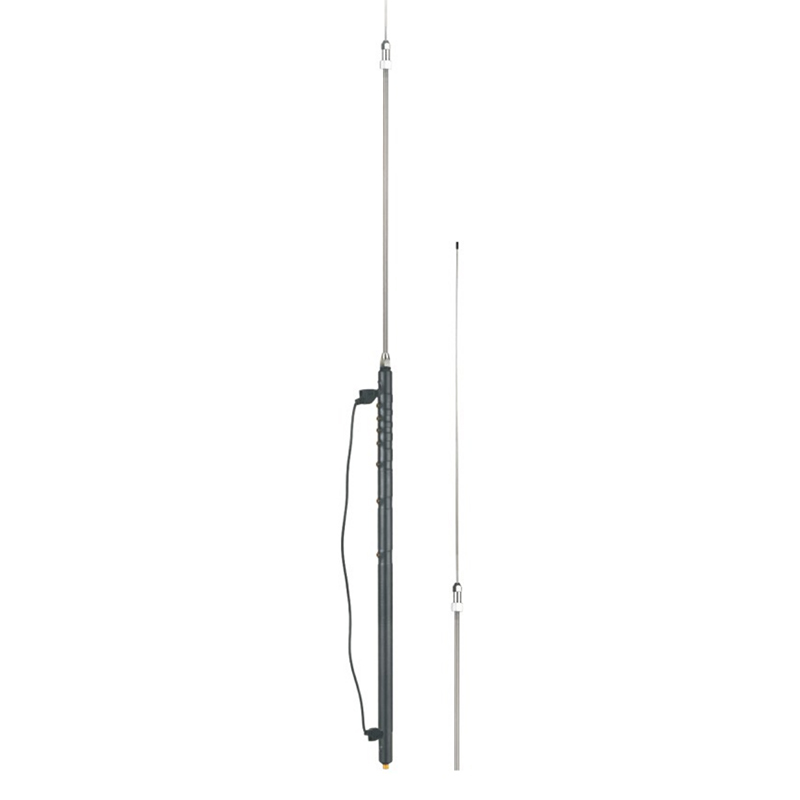
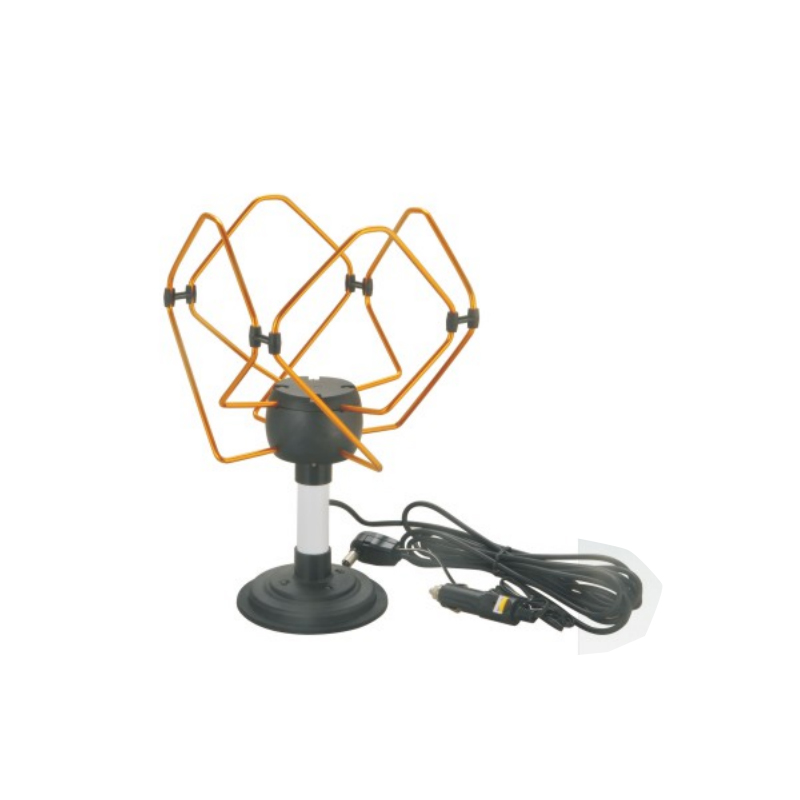
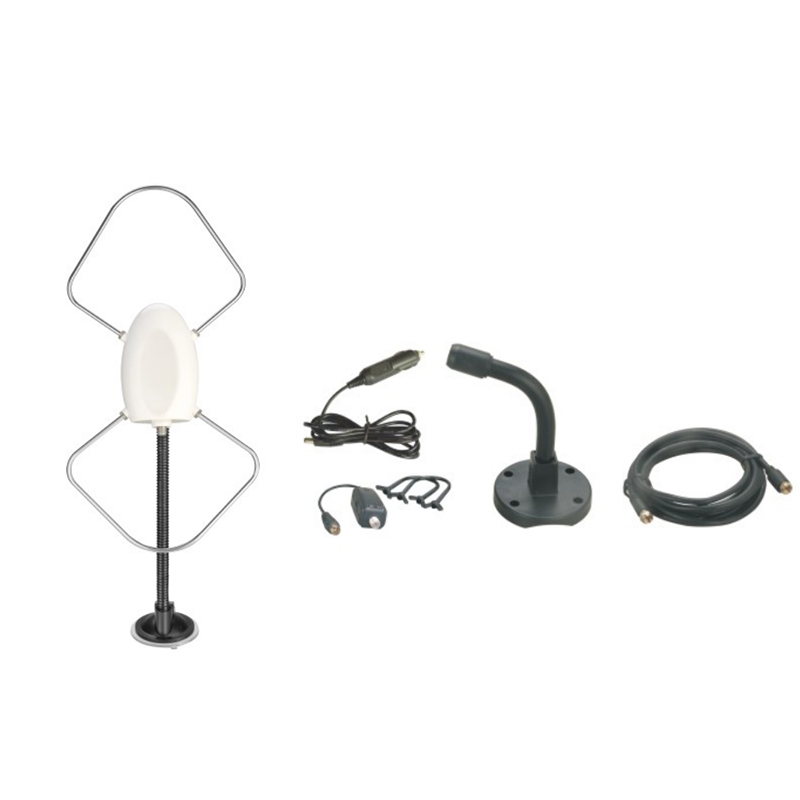
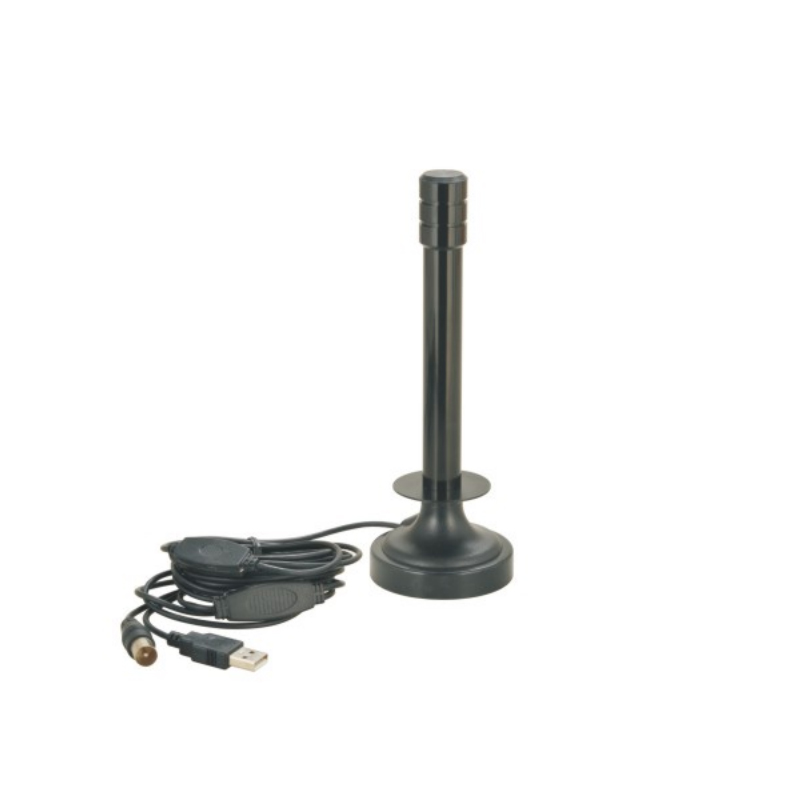
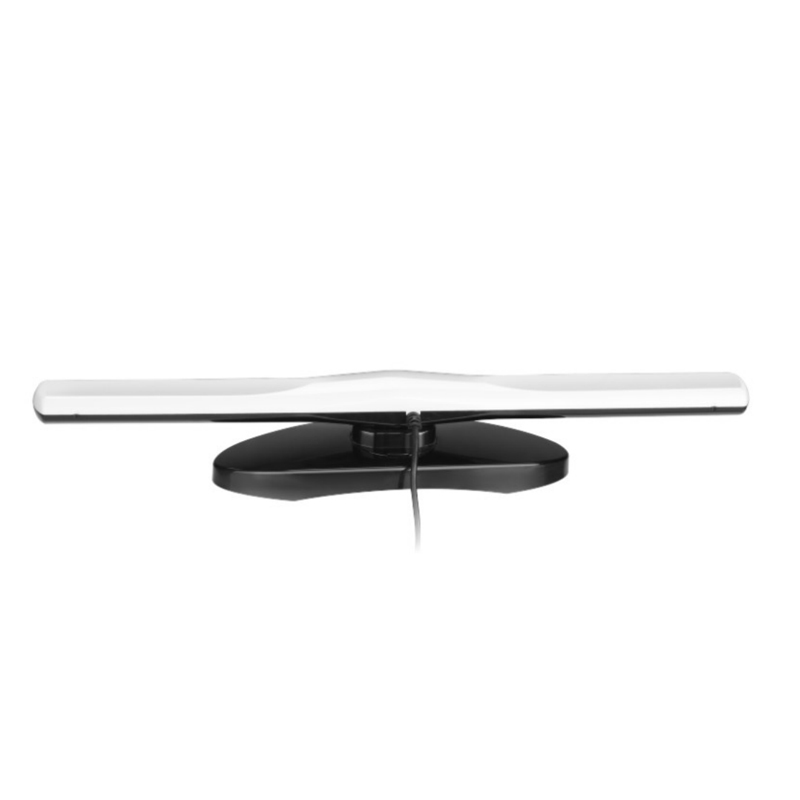


Contact Us